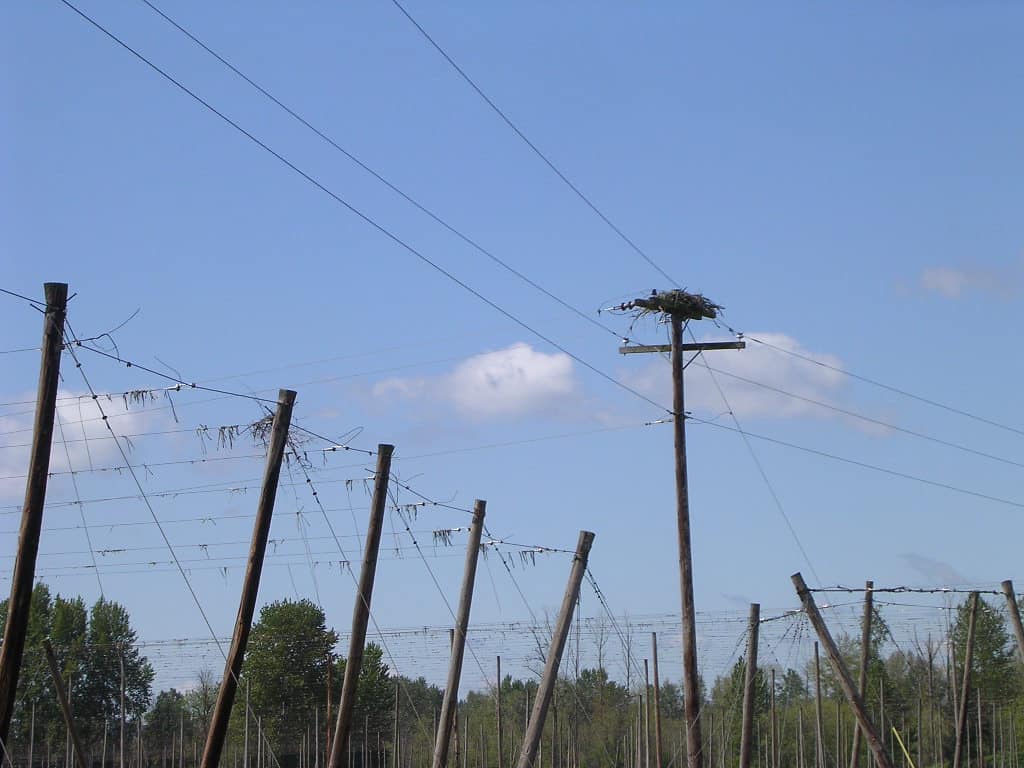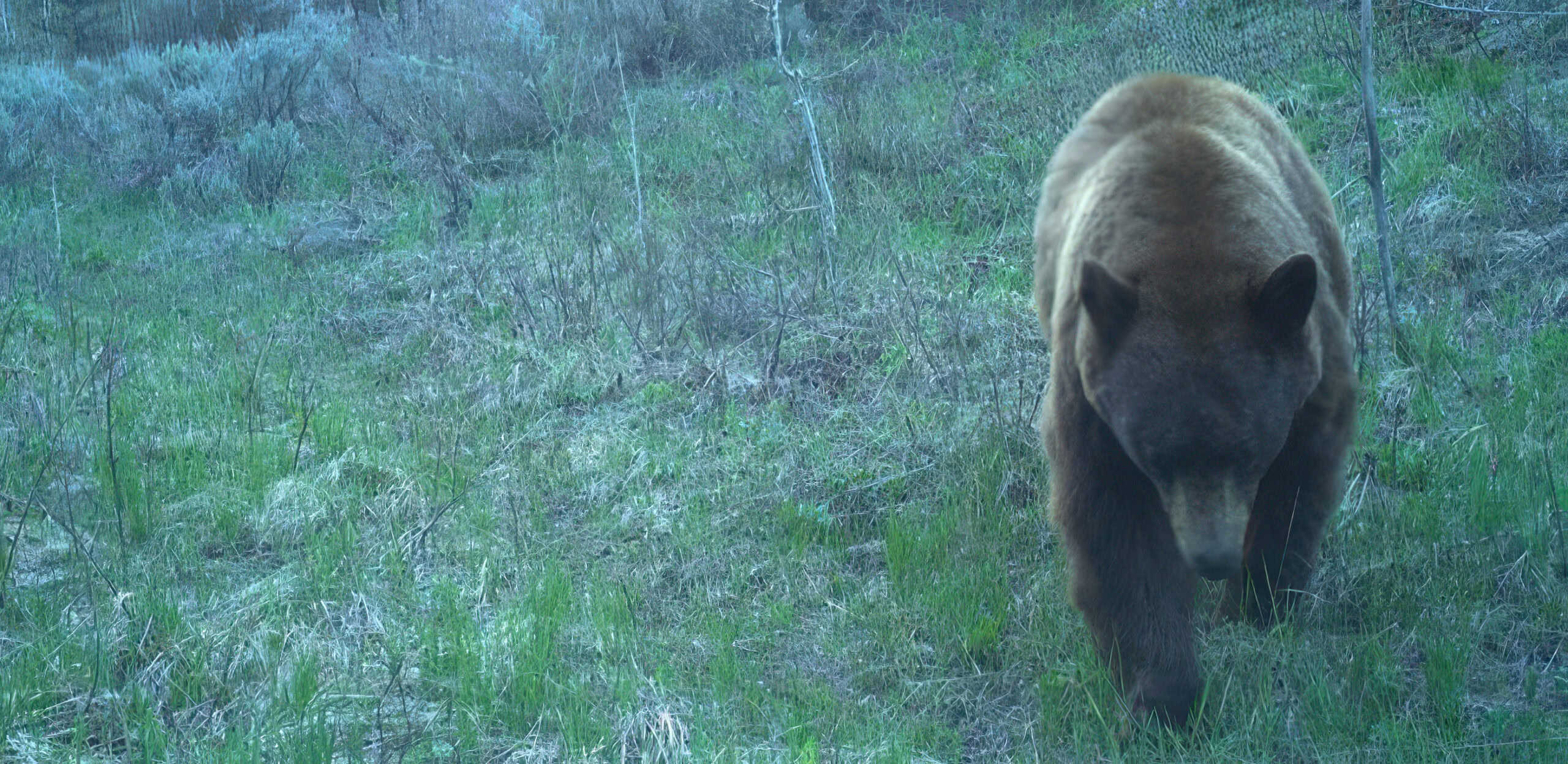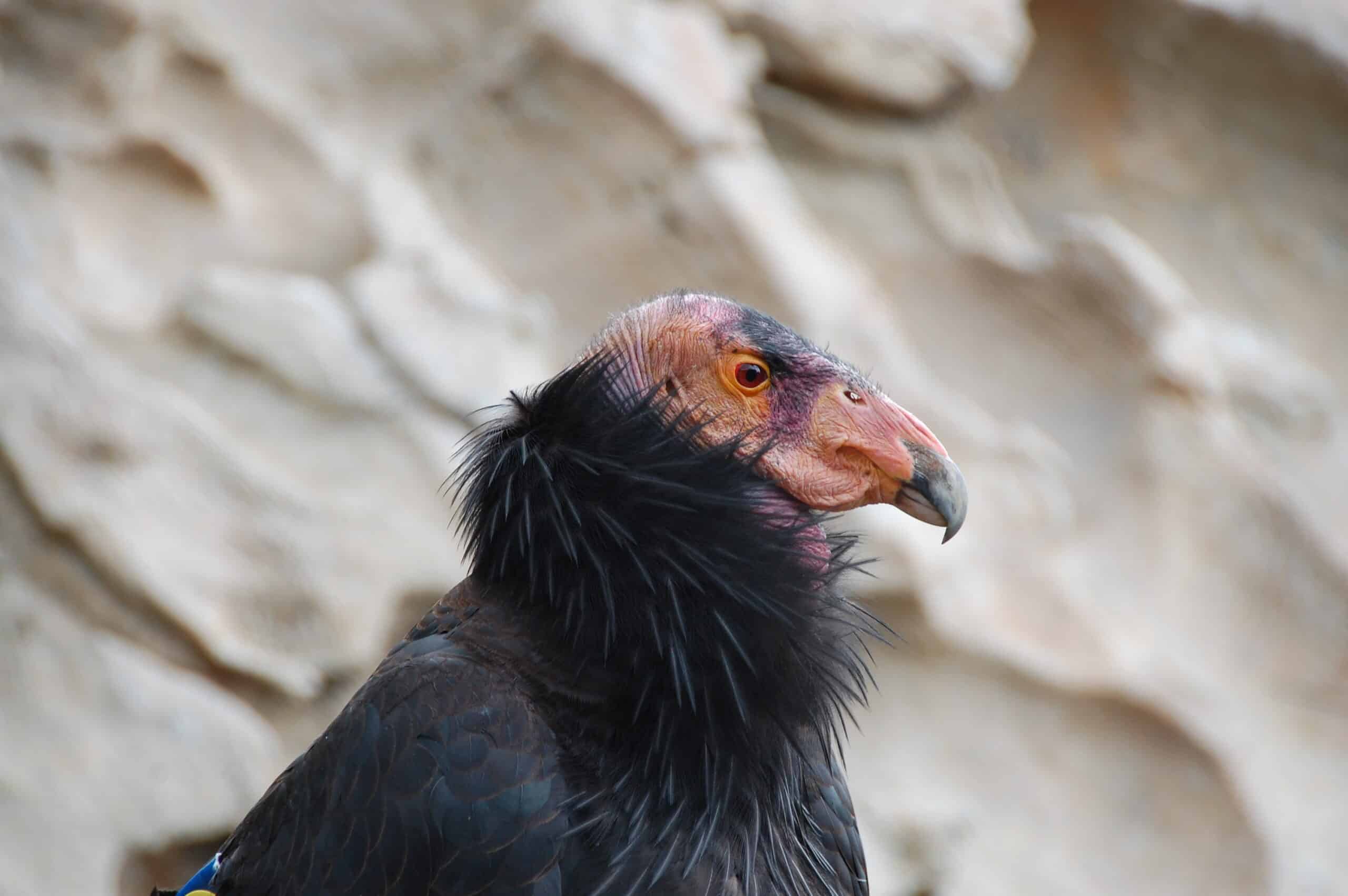Share this article
Wildlife Featured in this article
- Osprey
JWM: Dousing the electrical fire on osprey management
Osprey electrocution is dangerous for birds, human safety and power infrastructure
Researchers uncovered hot spots in the Tennessee Valley where ospreys that nest on transmission poles and towers are more likely to cause power outages, fires, bird deaths and even human injury.
Power line managers can use this information to better mitigate conflict and improve safety for birds and people alike.
“I think it’s a very exciting thing to be [using] this proactive approach,” said Natasha Murphy, a scientific and technical officer at the Ireland Marine Institute, a government science agency in the country.
For some ospreys, tall transmission towers or power line poles seem to be an ideal place to build their nests, which are typically large and full of sticks and other debris. But the contents of those unruly nests can fall onto power lines, creating electrical currents that can cause a fire or outage. Osprey (Pandion haliaetus) droppings or wet nests can even cause a “flash over,” when they hit transmission lines and “launch an arc of fire,” she said.
Not only can these incidents endanger human lives and cost lots of money and effort to mitigate, but birds also face consequences. They can become electrocuted, and their nests can burn. “If there was a power outage, there could be a dead osprey under that tower,” Murphy said.
Bird transmission
The Tennessee Valley Authority (TVA), a federally owned electric utility company, wanted to learn more about how osprey habitat might overlap with transmission lines and other infrastructure in its service area, which includes seven states: Virginia, Tennessee, Mississippi, Alabama, North Carolina, Kentucky and Georgia. In a study published recently in the Journal of Wildlife Management, Murphy, who was a PhD student at Mississippi State University at the time, partnered with TVA to identify potential hot spots where osprey habitat and power transmission overlap.
She and her colleagues gathered osprey nest sighting data from eBird, a citizen science database that collects bird sightings. They then compared osprey sightings in the TVA area to data on the location of above-ground transmission lines overseen by the U.S. Department of Homeland Security. They also characterized the ecosystem surrounding osprey nests to understand more about their habitat suitability. The team used these three components—sightings, power infrastructure and habitat suitability—to model a map that highlighted areas of potential elevated conflict. The team fine-tuned their models by checking the databases of known osprey conflicts that TVA and the U.S. Department of Agriculture recorded.
They uncovered areas where the density of above-ground transmission lines overlapped with high habitat suitability. These high conflict areas included places like Knoxville, Tennessee and its surrounding area, for example. The city’s riverside location and high density of transmission lines make it a potential conflict hot spot, according to the models.
Murphy cautioned that other high-risk areas might have been left out of their study. Research has shown that the raptors may nest up to 20 kilometers away from the water sources where they typically feed. As a result, a proactive search for potential risky transmission lines would have to take this behavior into account.

Anticipating conflict
Overall, TVA and other utility companies can use this model to predict areas where they might see osprey electrocution, osprey-caused fires or other damages. These predictions could help managers better allocate efforts to retrofit transmission poles and towers and make them safer for osprey nests. The findings can also inform where to remove nests or implement hazing efforts to scare off nesting pairs, for example.
The models, “help people to proactively find the conflicts” so they can make informed decisions, Murphy said.
She said this model could also be used for other species that nest on power line infrastructure. In addition, it could help scientists determine points of potential wildlife conflict on other linear structures, like roads.
Osprey populations don’t appear to be struggling in these areas. But, Murphy said, it’s also difficult to determine their state, since nobody has studied how many of them are killed on power lines. She hopes that future studies might fill in these knowledge gaps.
“We don’t fully know the impact of those electrocution-related deaths, and those fire-related deaths on the osprey themselves,” Murphy said.
This article features research that was published in a TWS peer-reviewed journal. Individual online access to all TWS journal articles is a benefit of membership. Join TWS now to read the latest in wildlife research.
Header Image: An osprey nest sits on top of a power line. Credit: Willamette Biology








